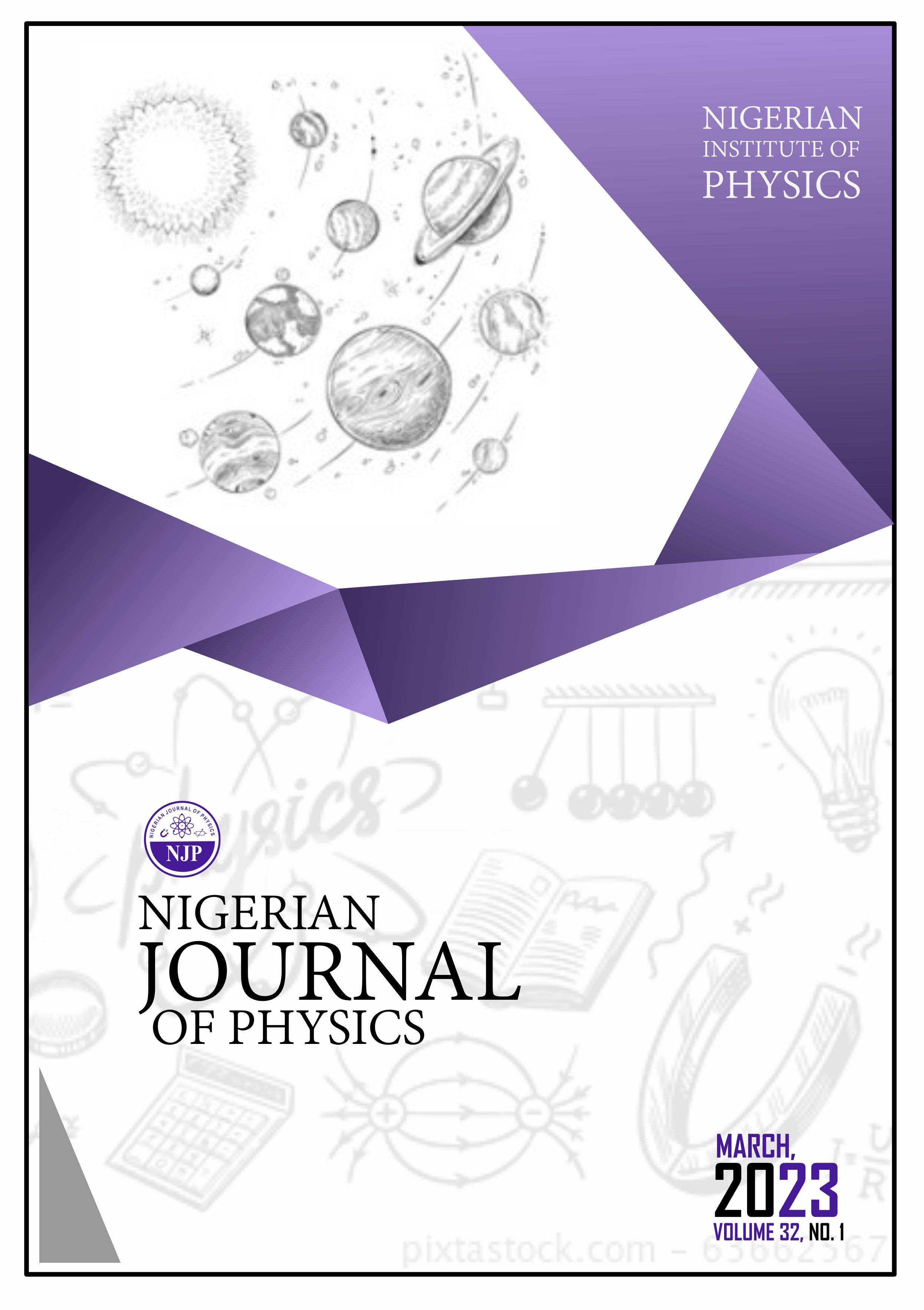Statistical Investigation of the Interrelations among Weather Parameters in Nigeria
Keywords:
Weather, Precipitation, Principal Component, Solar radiation, Wind speedAbstract
This study investigates the interrelations among weather parameters in Nigeria using the Principal component method. Principal Component Analysis (PCA) is a multivariate technique that reduces the dimensionality of a data set consisting of a large number of interrelated variables, while retaining the characteristics present in the data set. Daily weather data on air temperature, solar radiation, relative humidity, precipitation and wind speed was obtained from National Aeronautic and Space Administration (NASA) for the period of 37 years (1984-2020). The first Principal Component is positively correlated with wind speed, solar radiation and air temperature, and negatively correlated with precipitation and relative humidity. The second Principal Component is positively correlated with precipitation, relative humidity, solar radiation and air temperature and negatively correlated with wind speed. The first two (three) Principal Components account for 81% (93%) of the total variance of the observed weather parameters. The variation among all of the weather parameters for Yobe, Kastina, Borno, Sokoto, Kebbi, Yola, Kano, Kogi and Ekiti can be explained by a single principal component (PC1) made up of Precipitation and Relative humidity.





